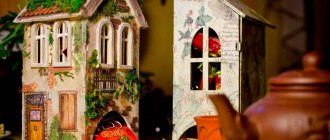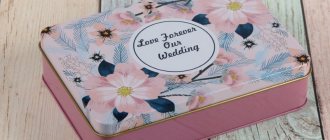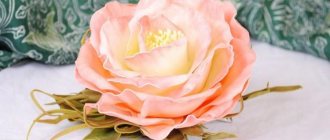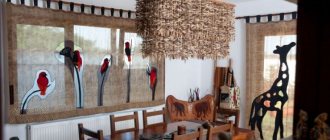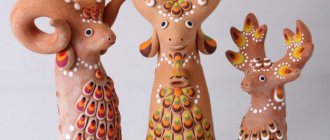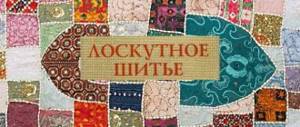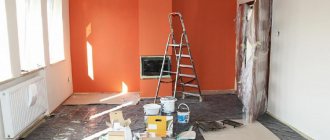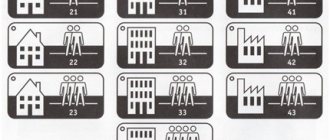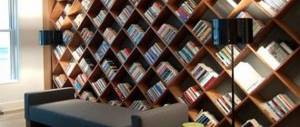Plate selection
A wide variety of plates for decoupage are sold in special stores. For the art of painting, you can use saucers of any shape - square, triangular and round. The surface of objects can be either smooth or corrugated. Plates can be made not only from glass, but also from porcelain or ceramics. For a trial attempt, it is best to opt for an ordinary plastic plate of white color and round shape.
Decoupage of plates involves the use of the following tools and materials:
- napkins with a pattern. In craft departments you can buy special napkins for decoupage. However, in the absence of special material at hand, you can get by with an ordinary napkin, which, in turn, is not divided into layers;
- brushes;
- PVA or acrylic glue;
- scissors;
- varnish;
- alcohol for surface treatment;
- oil golden paint;
- primers;
- acrylic paints in two colors: yellow and white;
- craquelure.
After the materials for the work have been prepared, it is worth determining the type of decoupage to work with. It can be direct or reverse. With the direct pattern, the pattern can be applied to the inner surface of the product, while the reverse involves the formation of a pattern on the outside of the plate.
Direct decoupage is most often used to create all kinds of decorative interior elements. An item with such a finish cannot be used for its intended purpose.
Decoupage using craquelure technique
Plates with craquelure are distinguished by their sophistication. An item covered with small cracks acquires a certain aristocracy and creates the illusion of its rarity. Such plates with decoupage are used not for food, but for decorating the kitchen and creating a cozy atmosphere in the house.
To create this type of plate you will need:
- The plate is preferably white or transparent.
- Universal primer.
- Napkins or decoupage cards.
- Brushes of different sizes and hardness.
- Craquelure varnish or PVA and white acrylic.
- Acrylic paints of different colors.
- Brown acrylic paint.
- Acrylic lacquer.
- Scissors.
- Sponge.
- Detergent.
- Sandpaper (if there was initially a pattern on the plate that you need to get rid of).
- Alcohol, acetone or nail polish remover.
Reverse method
This type of decor is used to give the product a more aesthetic appearance, while the item can continue to serve a person. It is best to use clear plastic or glass containers for this method. Decoupage looks impressive on a glass surface. The same materials are used in the work process. You can complement the creative composition with acrylic paints. It all depends on the imagination of the craftswoman.
Step-by-step algorithm for performing the work:
- the surface of the container is degreased;
- cut out the pattern you like from a napkin;
- the illustration is placed wrong side up on the bottom of the plate;
- the entire composition should be covered with glue, you can slightly extend beyond the edges of the picture;
- the illustration must be smoothed with a wide brush;
- wait until completely dry;
- use a soft cloth to remove any remaining adhesive;
- making a background in this case is not at all difficult: you just need to cover the back of the container with acrylic paint of one or several colors;
- the paint must be completely dry;
- varnish the finished product. After it has completely dried, reverse decoupage on a glass plate can be considered complete.
In a similar way, you can reverse decoupage a plate with a photograph. He will help you create a unique personalized item as a gift in just 1-2 hours. Even a novice craftsman can quickly complete the process.
MK plates: reverse decoupage, craquelure, gilding.
Source: https://www.livemaster.ru/topic/104363-dekor-tarelki-v-tehnike-obratnyj-dekupazh-krakelyur-zolochenie?msec=30? Good day everyone! I would like to bring to your attention a master class on decorating a glass plate using the reverse decoupage technique. Of course, I won’t reveal anything new to you, but maybe someone will find my experience useful and will avoid the mistakes that I made. So, we will need: - a transparent glass plate - a lace paper napkin - alcohol or vodka for degreasing - a glass outline - acrylic paints - drying retardant - paper napkins - acrylic varnish - 2-step craquelure (I have the first step Maymeri craquelure 753 + gum arabic) - gold leaf - powder for filling cracks - purple wood putty Wash and degrease the plate. Place a lace napkin on the back of the plate and secure it with 2-sided tape.
We take the contour (I use Gold Majestic acrylic contour paste) and draw the lines we need on the front side of the plate. We take off the napkin and see what we got. Mix red and black paints on the palette and add a drying retardant. We crumple up a paper napkin.
Take a piece of sponge and apply paint with a retarder to the sides of the plate. Immediately take our crumpled napkin, and pressing it hard, smack it on the plate. Let’s see what we got on the front side. We see that we have climbed beyond the contour. But it doesn't matter! We take a lifesaver, in our case a toothpick, and easily scrape off the excess paint
We cover the plate with non-water-based acrylic varnish from a can. After drying, we begin to apply craquelure. My favorite 2-step craquelure, which ALWAYS turns out well, is craquelure with gum arabic. In this work, I used Maymeri 753 as step 1. Apply and wait 30 minutes. The white composition becomes transparent. Then pour in a little gum arabic and rub it well with your palm until your hand stops slipping. I use gum arabic in powder form (an economical option), which I dilute with water to the desired consistency. There is a pattern here: the thicker the gum arabic solution, the larger the cracks will be. I wanted to get medium-sized cracks and I diluted the powder in a ratio of 1:1. (1 tablespoon of powder + 1 tablespoon of water) Unused solution should be stored in the refrigerator. We rub and wait for cracks to appear. If you are in a hurry, a hairdryer can help. Cracks appear right before your eyes, making funny sounds, as if something is clicking.
When the cracks reach the size we need, we rub them with purpurina powder. The powder sticks very well to step 1 of this composition and therefore you can immediately wash off the gum arabic. I do this under running water, helping with my hand. You need to rinse it off very well so that there are no traces of gum arabic left, otherwise when applying water-based varnish, the remaining gum arabic may curl up. When you wash off all this jelly, leave the plate in a dust-free room until the water has completely evaporated. After complete drying, coat with acrylic varnish. Print out the picture you like on rice paper. I have a laser printer and no additional processing is required for the printout. Therefore, I simply coat the printout itself and the plate very liberally with PVA glue and carefully use my fingers to push out all the bubbles, without trying to get all the glue out from under the printout. With this method, the printout sticks very well and there are no shiny spots left.
This is what happened: Dry it well and cover the print first with acrylic varnish and then with white paint to make the drawing brighter. Let's start gilding. To do this we use sheets of gold leaf. Potal is glued using a special Mordan glue. But, unfortunately, I ran out of it, and I successfully used instead the 1st step from the craquelure pair Meimari 753. We wait 30 minutes, the composition becomes transparent. We apply sheets of gold leaf and smooth it with a brush. We do not throw away the small pieces of gold, but carefully collect them in a jar; they may still be useful in the future.
I applied the glue with a brush and this was my mistake. When I make craquelure with this composition, I usually smooth it with a wet finger to remove brush marks, but here I was lazy, I thought that this was not relevant for gluing gold leaf. But no! When gluing the gold leaf, a “ribbon” was created. And this “ribbon” became visible from the front side. Maybe there is something in this “hazel grouse”, but I wanted a different effect! And my nature is such that I can’t calm down until I get what I need. And so I took another plate and repeated all the manipulations with it. I just carefully smoothed the composition with my fingers and glued the gold leaf. And I got the desired result
But that's not all! We still need to decorate the back of the plate! To do this, take acrylic putty and apply it to a plate, drawing intricate patterns with your fingers. We dry it, sand it a little and cover it with acrylic paint. We easily paint over it with a dry brush and gold paint. Don’t forget about the sides and varnish them
We admire the result.
